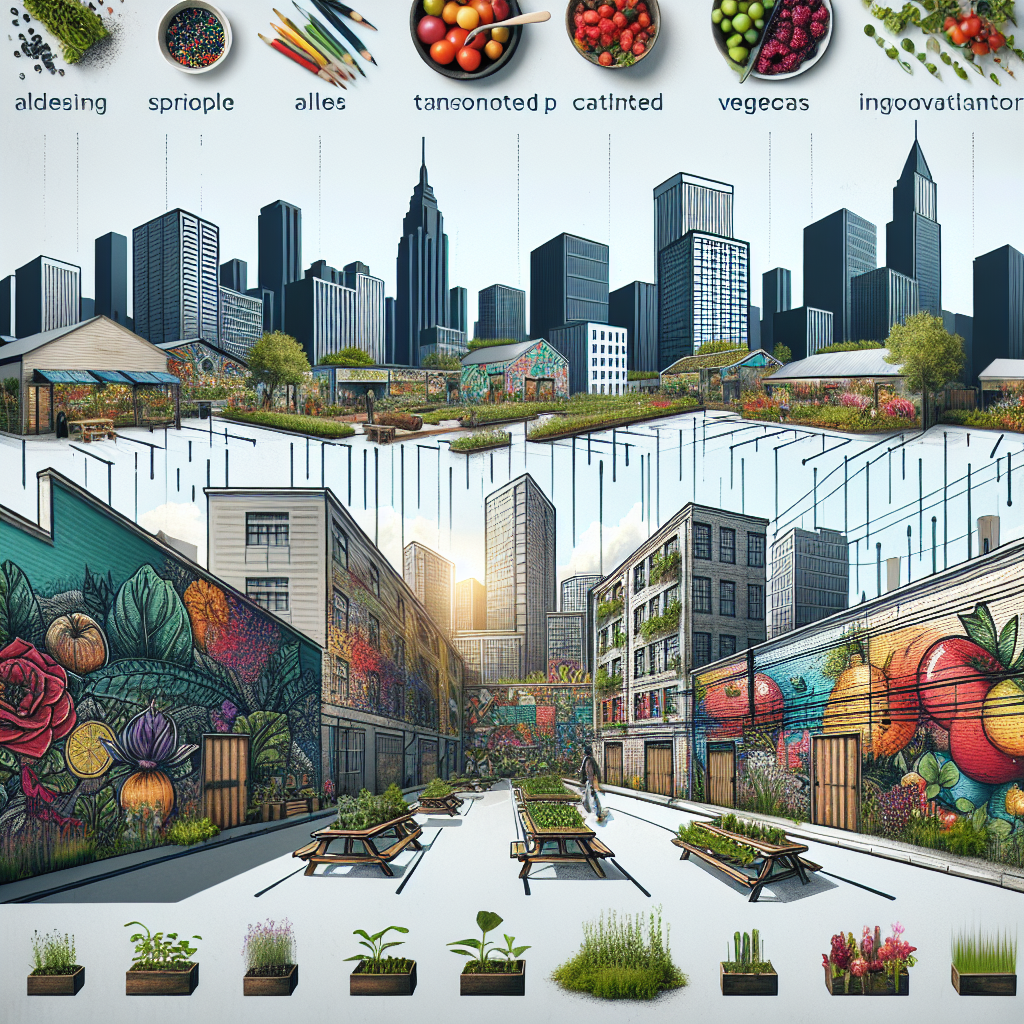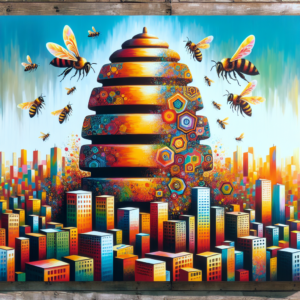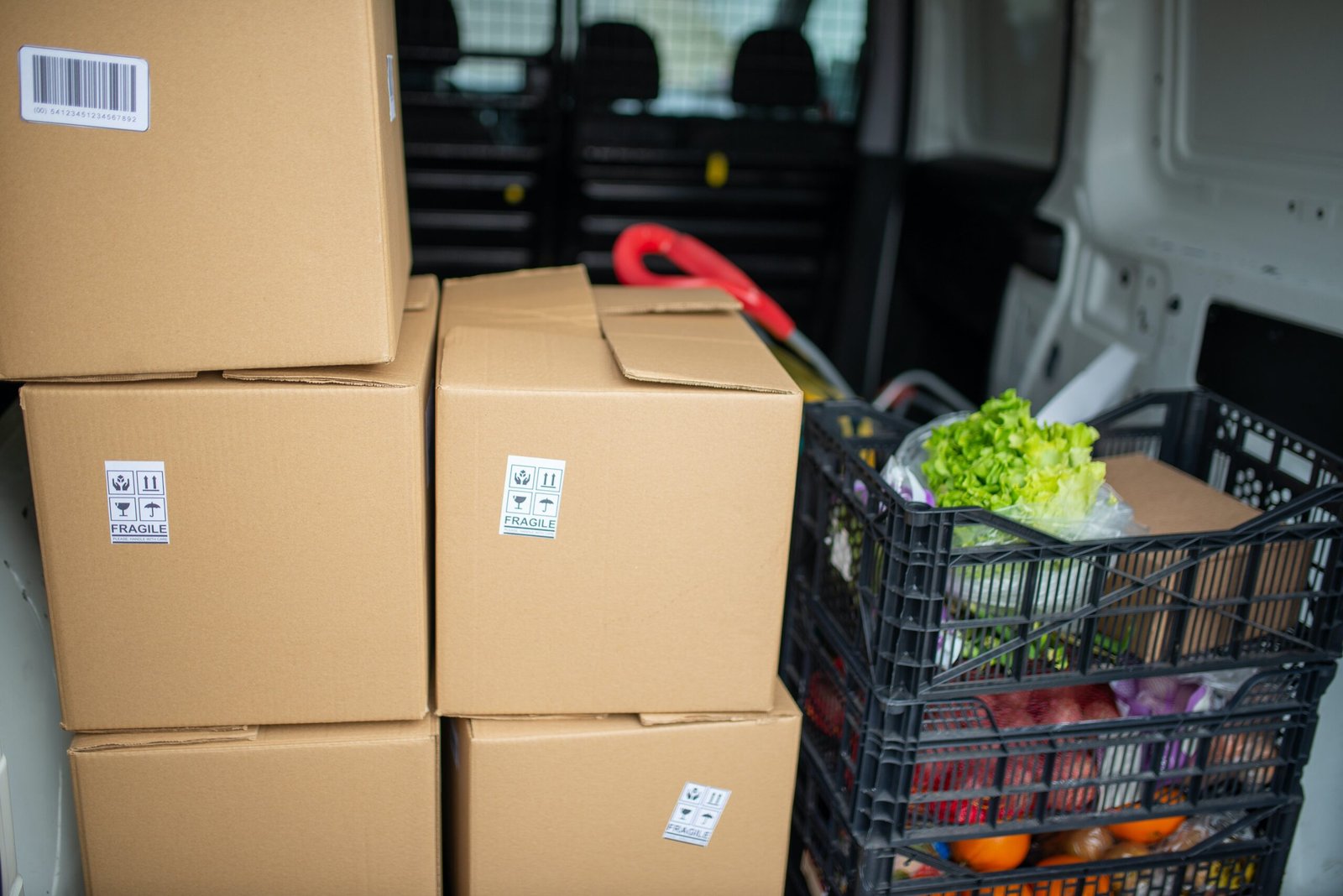
In the fascinating realm of urban farming, there is a growing interest in merging the worlds of agriculture and art, transforming what was once a purely functional space into a captivating visual experience. This article explores the idea of integrating local artists and designers into urban farm aesthetics, considering the immense potential of their creativity and innovation in elevating these spaces to new heights. By tapping into the talent and unique perspectives of these individuals, urban farms can not only be a source of sustainable food but also serve as artistic and cultural hubs within their communities. Discover how this integration can forge a harmonious relationship between art and agriculture, enhancing the beauty and vibrancy of urban farm landscapes.
Exploring the Integration of Local Artists and Designers in Urban Farm Aesthetics
Understanding the Role of Urban Farms in Aesthetics
Urban farms have become increasingly popular in cities worldwide due to their numerous benefits, including food production, community engagement, and environmental sustainability. As these urban spaces evolve, the importance of aesthetics cannot be overlooked. The visual appeal of urban farms plays a significant role in attracting visitors, fostering a sense of pride among community members, and creating a harmonious integration with the surrounding environment.
The Importance of Local Artists and Designers
Local artists and designers bring a unique perspective and creative flair to the development of urban farm aesthetics. Their understanding of the local culture, history, and community dynamics enables them to design installations and incorporate artistic elements that resonate with the people who live and visit the area. By involving local artists and designers, urban farms can foster a sense of place, identity, and cultural heritage, making the farm a true reflection of the community it serves.
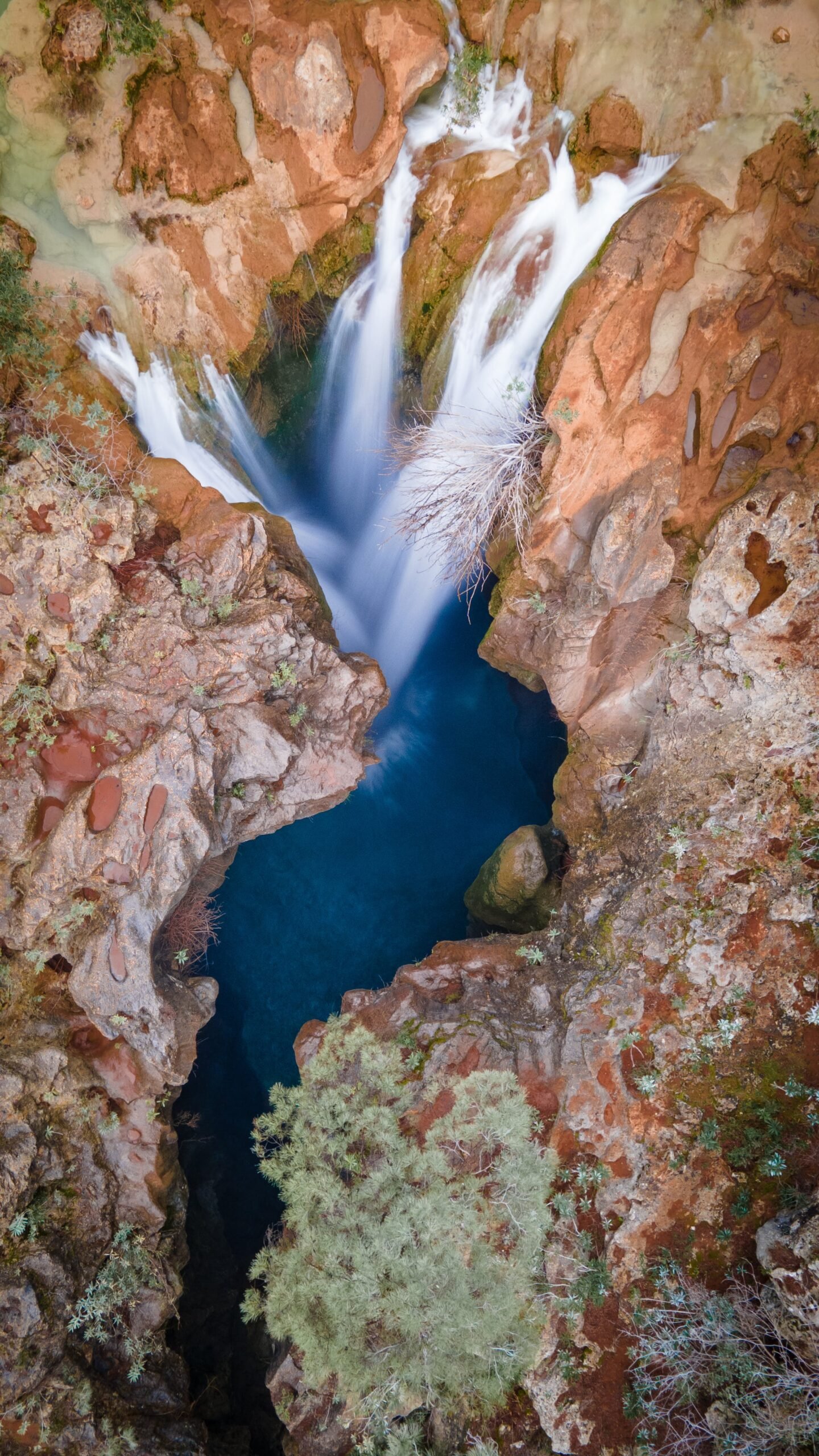
Benefits of Integrating Art and Design into Urban Farms
Integrating art and design into urban farms offers numerous benefits. First and foremost, it enhances the visual appeal of the farm, making it an inviting and engaging space for people of all ages. Art installations, murals, and sculptures can spark curiosity, stimulate conversations, and inspire creativity among visitors. Additionally, incorporating art and design into urban farms promotes community pride and fosters a stronger sense of ownership among residents. By involving local artists and designers, urban farms become vibrant cultural hubs that celebrate the diversity and talent of the community.
Challenges and Considerations
While integrating local artists and designers into urban farms has numerous benefits, there are also challenges and considerations that need to be addressed. One challenge is ensuring that the artistic elements and installations align with the farm’s overall purpose and function. It is crucial to strike a balance between aesthetics and practicality, ensuring that the art does not hinder farm operations or compromise its efficiency. Additionally, funding and resources can be a limiting factor in implementing large-scale art installations. Therefore, it is essential to seek out creative partnerships and sponsorship opportunities to overcome financial constraints.
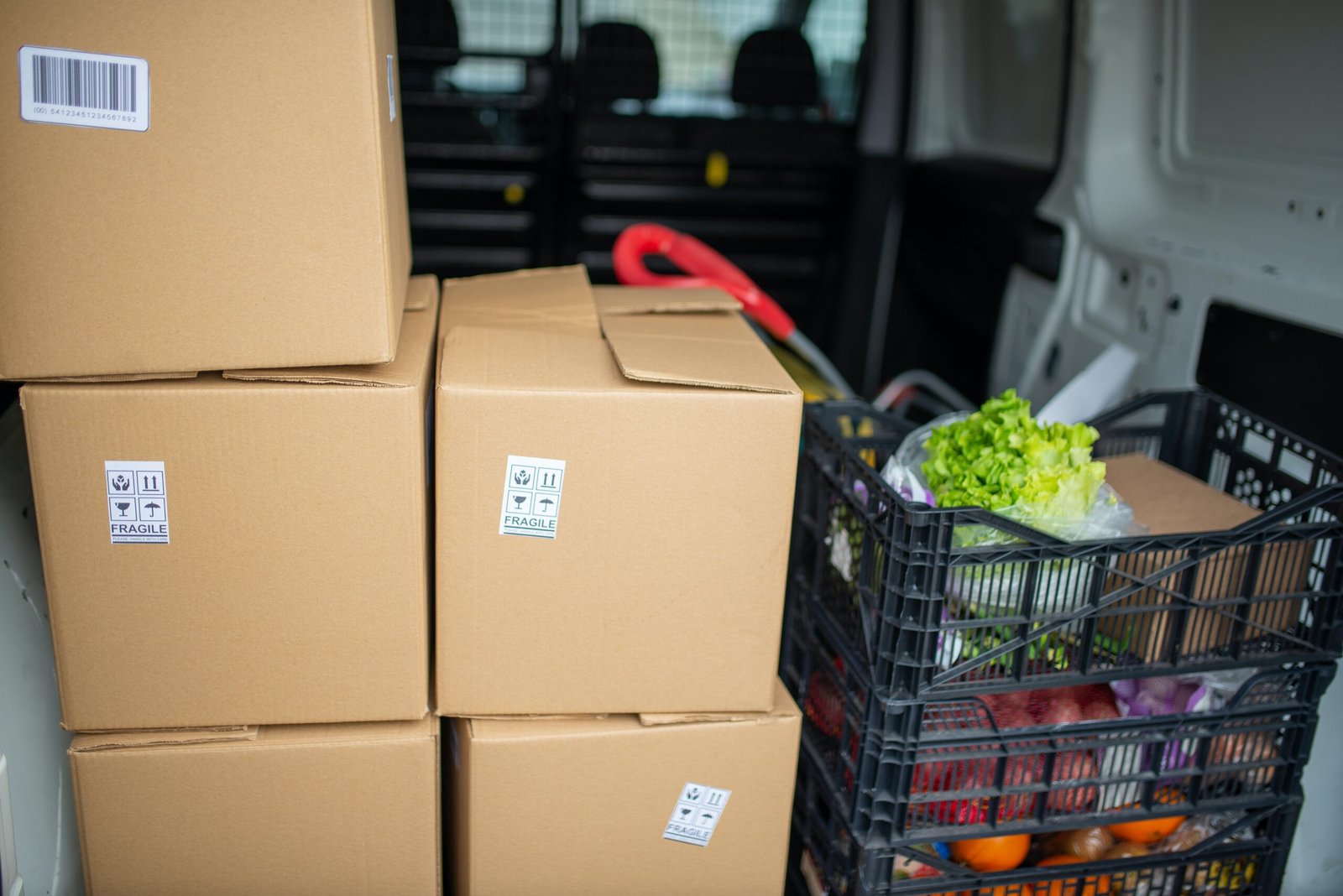
Successful Examples of Local Artists and Designers in Urban Farm Aesthetics
Several successful examples worldwide demonstrate how local artists and designers have been integrated into urban farm aesthetics. In Detroit, the Heidelberg Project incorporates salvaged materials and vibrant artwork throughout the urban farm, creating an immersive and thought-provoking experience for visitors. In Brooklyn, New York, the Brooklyn Grange Rooftop Farms collaborate with local artists to design and install art installations that beautify the farm while providing functional benefits, such as rainwater harvesting and shading structures.
Collaboration and Community Engagement
Collaboration and community engagement are key to successfully integrating local artists and designers into urban farm aesthetics. By involving community members in the decision-making process and actively seeking their input, urban farms can ensure that the art and design reflect the community’s values, aspirations, and cultural identity. Community workshops, art competitions, and public consultations can provide opportunities for artists and designers to engage with residents and create a sense of ownership and pride in the farm.
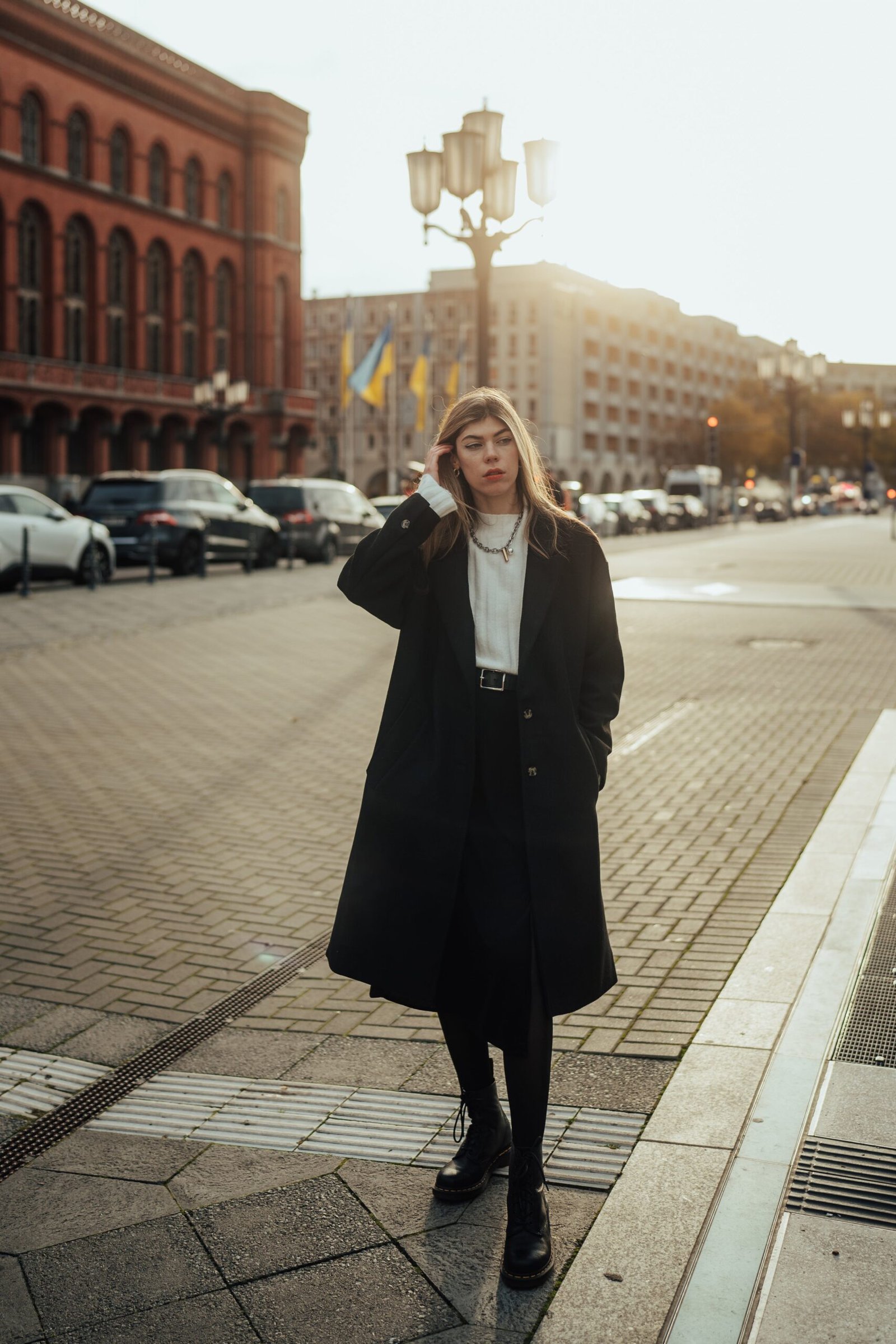
Creating Art Installations for Urban Farms
Creating art installations for urban farms requires careful planning and consideration. It is essential to select materials that are sustainable, weather-resistant, and suitable for the farm environment. Art installations should be designed to withstand the elements and require minimal maintenance over time. Collaborating with local artists and designers who have expertise in outdoor and sustainable art can ensure that the installations are both visually striking and environmentally friendly.
Utilizing Design Principles in Urban Farm Layouts
Design principles play a crucial role in creating aesthetically pleasing and functional urban farm layouts. Proper placement of artworks, use of color, and consideration of sightlines can enhance the visual experience and create focal points within the farm. Incorporating elements such as pathways, seating areas, and interactive spaces can encourage visitors to explore and engage with the farm. By utilizing design principles, urban farms can create cohesive and visually appealing spaces that maximize the visitor’s experience.
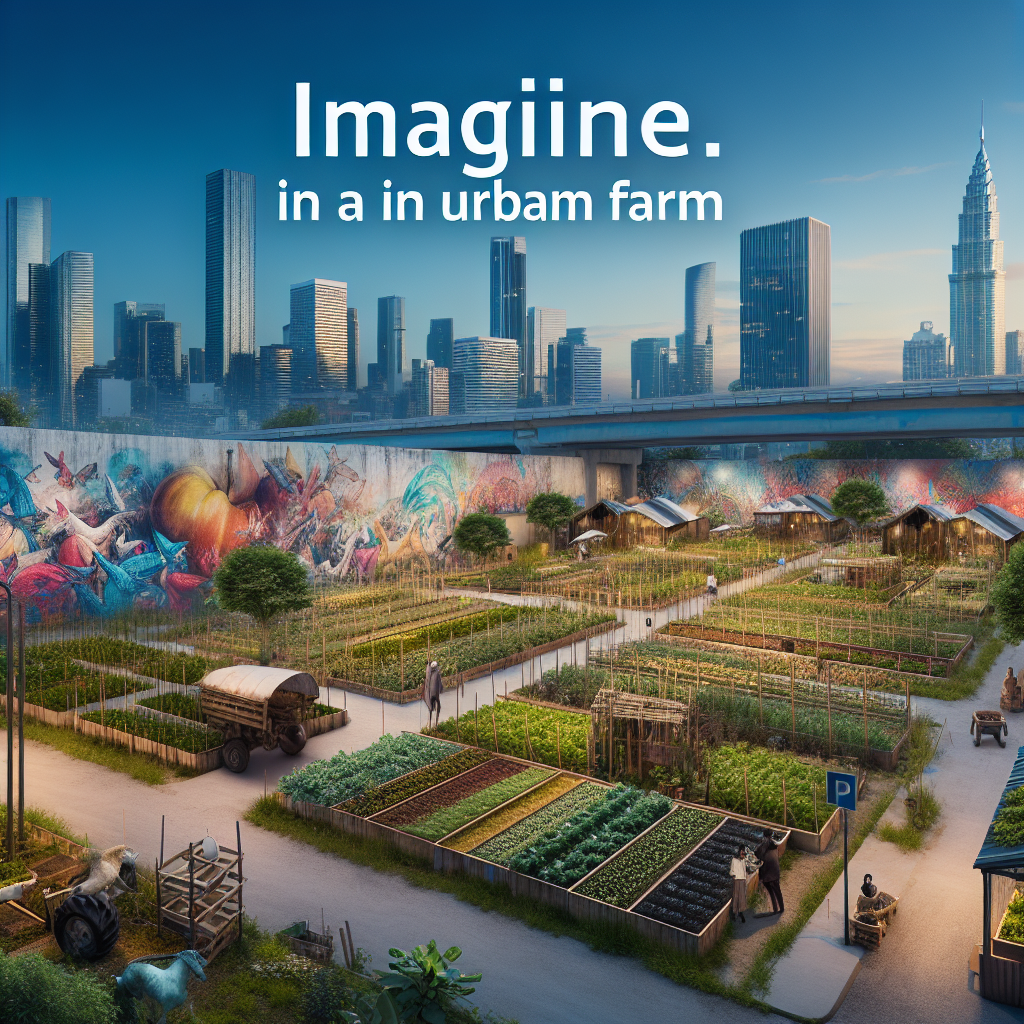
Incorporating Sustainable Materials and Practices
Sustainability is paramount in urban farm aesthetics. When integrating art and design, it is important to prioritize the use of sustainable materials and practices. This includes using recycled or upcycled materials for art installations, incorporating renewable energy sources into lighting or interactive features, and implementing water-saving techniques throughout the farm. By prioritizing sustainability, urban farms can serve as models for eco-friendly practices and inspire visitors to make environmentally conscious choices in their own lives.
Promoting Cultural and Social Diversity
Integrating local artists and designers in urban farm aesthetics also provides an opportunity to promote cultural and social diversity. By showcasing artwork from diverse communities and cultures, urban farms can celebrate the richness and beauty of different artistic expressions. Collaborating with artists and designers who represent marginalized or underrepresented groups can foster inclusivity and representation within the farm environment, making it a welcoming space for everyone. This emphasis on diversity can help break down barriers, encourage dialogue, and promote a sense of unity within the community.
In conclusion, involving local artists and designers in urban farm aesthetics can greatly enhance the visual appeal, cultural significance, and community engagement of these spaces. By understanding the role of urban farms in aesthetics, recognizing the importance of local artists and designers, and overcoming challenges through collaboration and community engagement, urban farms can create vibrant and inclusive environments that celebrate art, culture, and sustainability. Through the integration of art installations, utilization of design principles, incorporation of sustainable materials and practices, and promotion of cultural and social diversity, urban farms can become true reflections of the communities they serve, fostering a sense of pride, ownership, and connection among residents and visitors alike.
